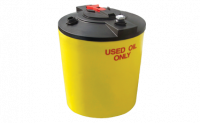Safety and Health Training for the Public Sector
Today’s Advisor reports on OSHA’s new safety and health training program for the public sector. The Occupational Safety and Health Administration’s (OSHA) jurisdiction doesn’t extend to the public sector, but that doesn’t mean the agency is neglecting the safety and health of state and local government employees. Late in 2013, OSHA launched a new certificate […]










